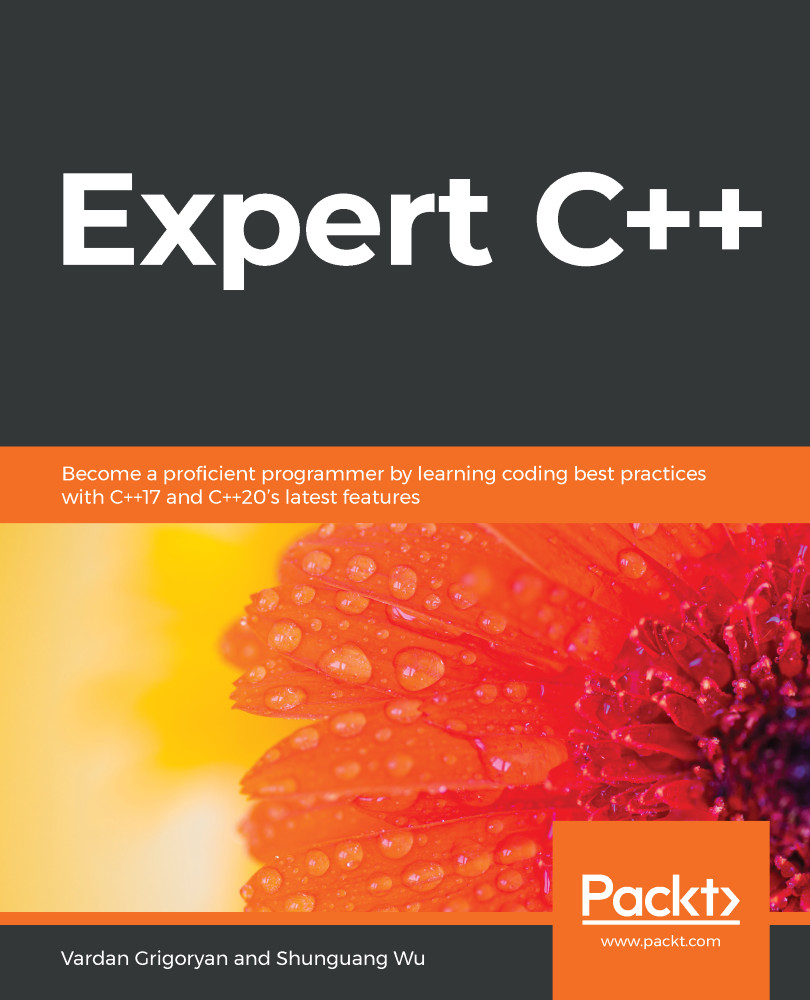Mastering data structures is essential for programmers. The way you store your data most of the time defines the overall efficiency of the application. Consider an email client, for example. You can design an email client that shows the 10 latest emails and it could have the best UI out there; displaying 10 recent emails will work smoothly on almost any device. The user of your email application will receive hundreds of thousands of emails, say, in two years of using your application. When the user needs to search for an email, that's where your data structure knowledge will play a significant role. The way you store the hundreds of thousands of emails and the methods (algorithms) you use to sort and search them will be what differentiates your program from all the others out there.
Programmers strive to find the best solutions...



